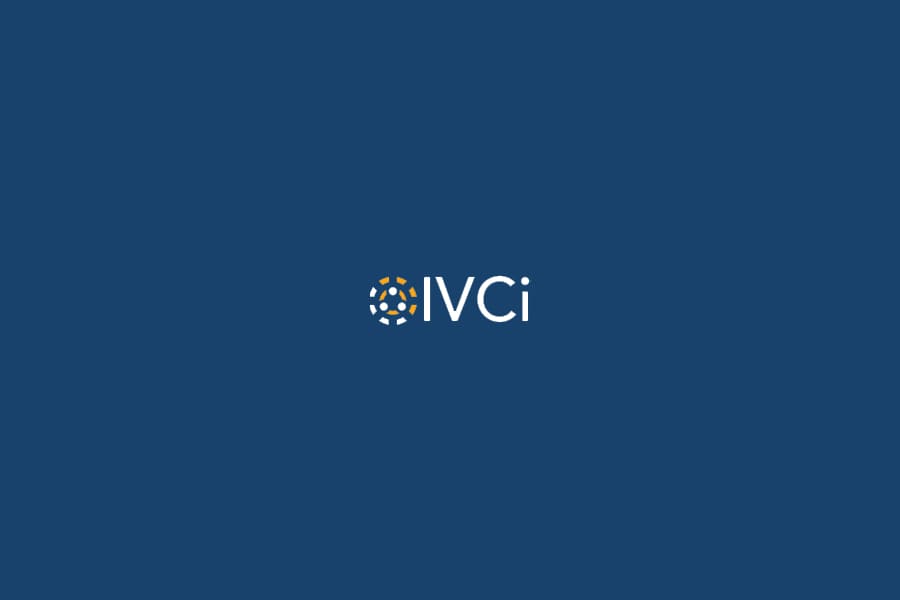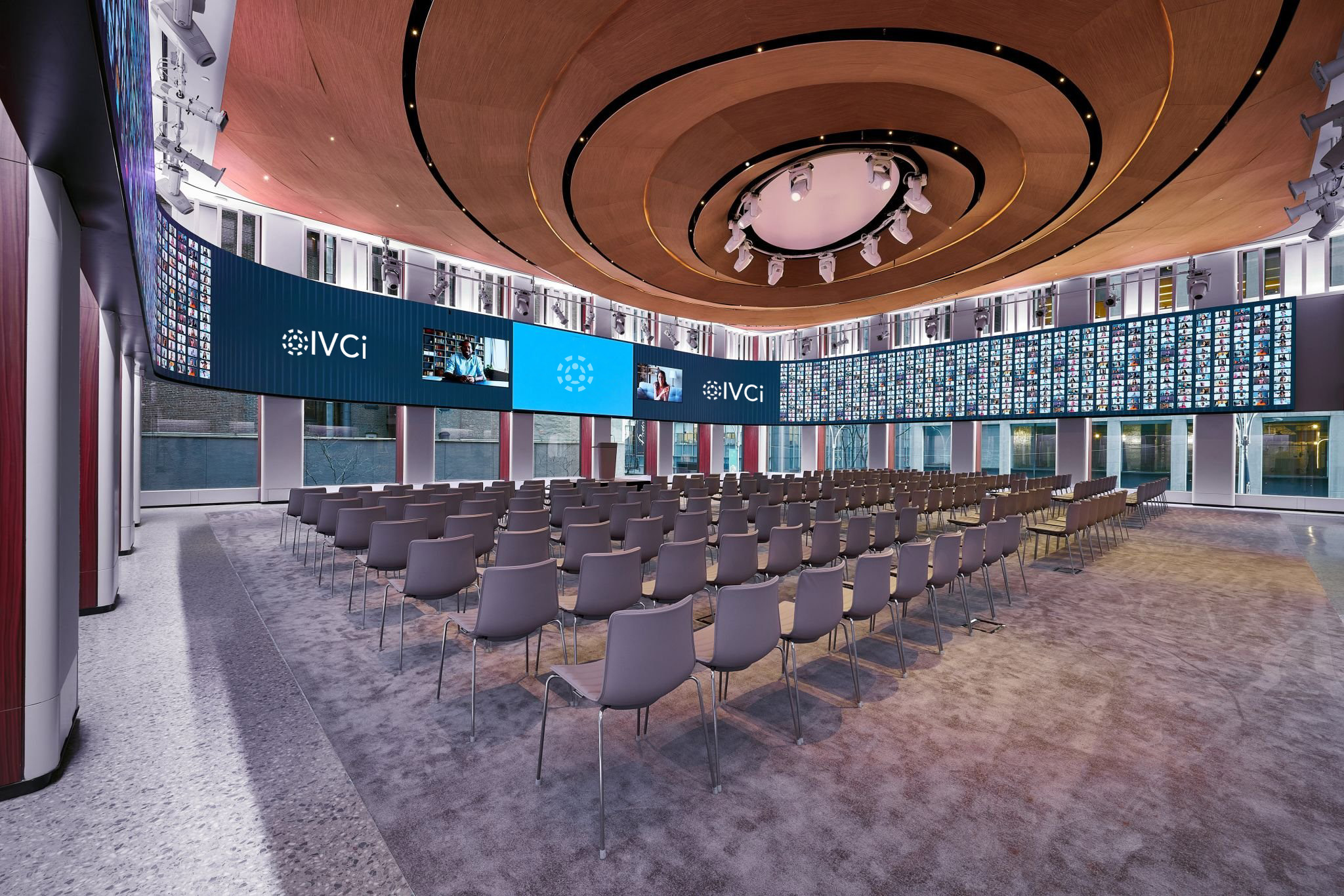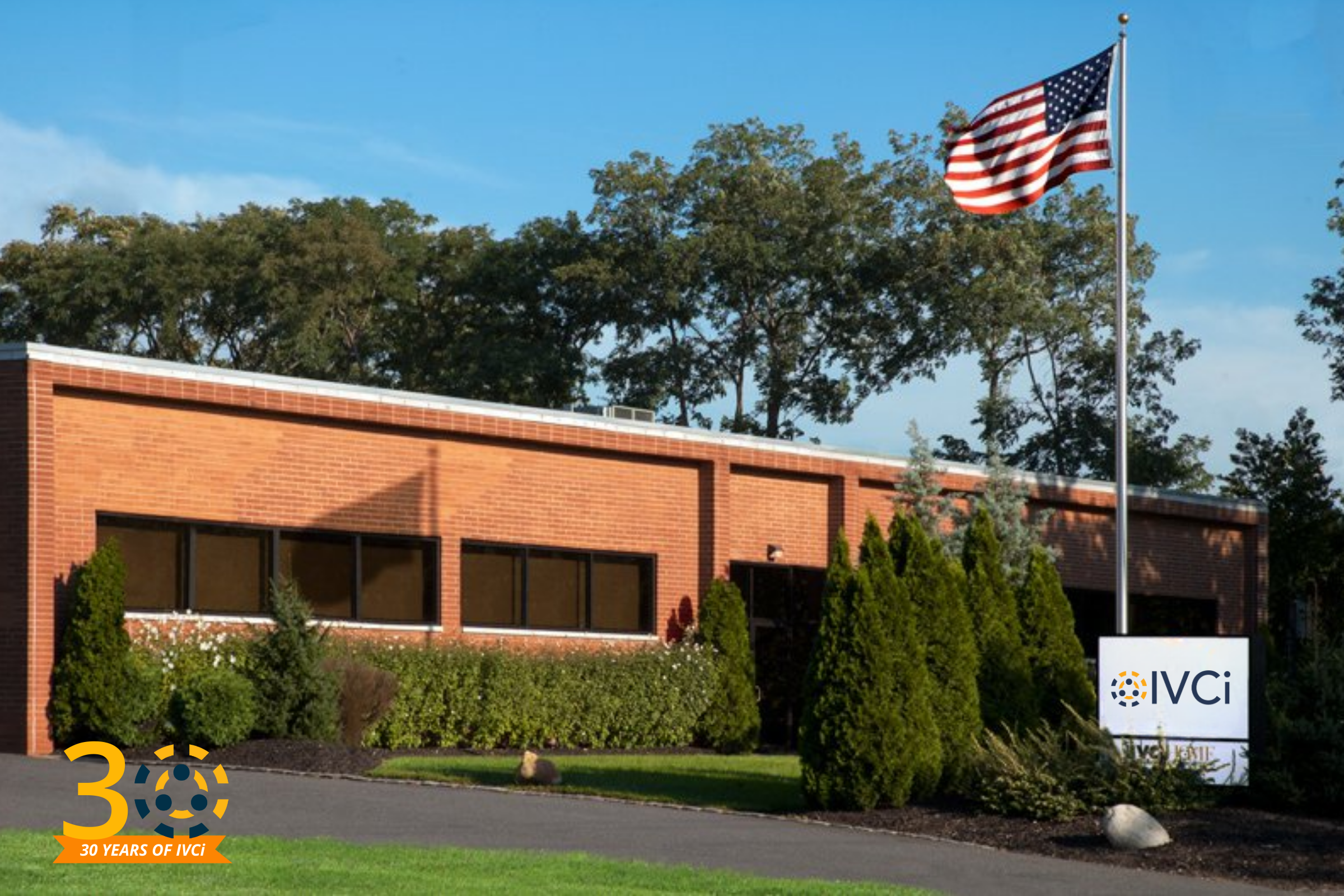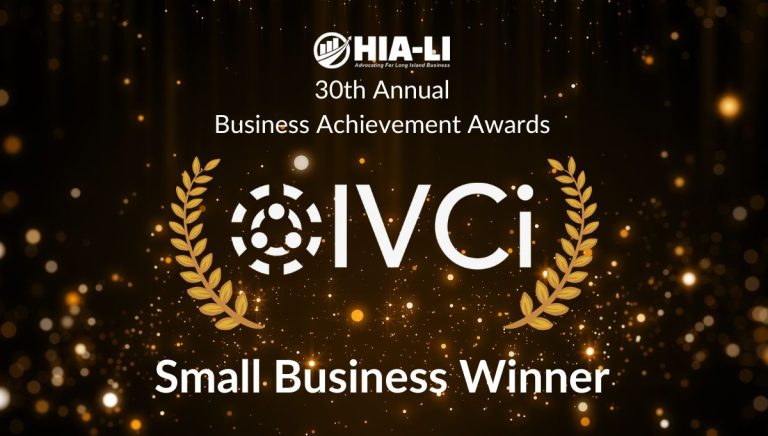The biggest question on every business leader’s mind is the same right now regardless of industry: how do we resume operation while keeping employees and visitors safe?
Organizations from around the world have leaned heavily into technology to help them find creative solutions for ensuring health and safety. One of those solutions is UV light technology. While UV light technology has traditionally been used in hospitals and labs to create a sterile environment, it’s now finding itself in a new role: stopping the spread of disease in offices and schools.
How does UV light technology work?
Without getting into too much of a science lesson, UV light has three wavelength categories: UV-A, UV-B, and UV-C. Because of its short wavelength, UV-C breaks apart germ DNA, rendering them unable to function or reproduce. Surfaces exposed to UV-C light are effectively rid of microorganisms like viruses and bacteria — making it an effective method of eliminating coronavirus on workplace surfaces.
Shedding light on workplaces and schools
Because of its effectiveness in eliminating the coronavirus and other contagious diseases, businesses and schools are beginning to invest in UV-C sanitizing technology. With many high traffic and shared surfaces, these types of establishments should consider the options they have for UV-C technology:
- Portable, handheld wands: These work well for sanitizing conference room tables, student desks, counters, and other medium to large surfaces. Since they are portable, you can easily use a single wand for an entire office.
- Device sanitizers: These are ideal for shared devices, keys, or other small objects, device sanitizers. You place the item inside the sanitizer, so the UV-C light does not reach any other areas.
- Sanitizing cabinets: For larger shared devices or larger quantities, sanitizing cabinets are a great choice. For example, you can sanitize a dozen laptops at once to have ready for the next workday or class.
- Lamps: UV-C lamps are powerful enough to sanitize entire rooms. Most are equipped with motion sensors to turn off when someone walks by, to protect them from exposure to the UV-C rays.
Usage considerations
When implementing UV-C technology in a workplace or school, there are a few considerations to keep in mind:
- UV-C rays can be harmful to your eyes, so be sure to educate everyone in the building about proper safety measures. If you’re choosing a UV-C lamp, make sure to choose one with a motion-sensor shutoff.
- UV light sanitation works best on smooth, flat surfaces. For example, it’s ideal for tables and device screens, but not so much for cloth chairs or device buttons.
- For effective sanitation, the surface needs to be free of dust, skin cells, and skin oils. Always wipe down the surface you plan on sanitizing first.
Part of the bigger picture
While UV light technology can be an effective means for killing harmful viruses, it should be used in conjunction with other precautions. Employees, students, or visitors should still be practicing social distancing and utilizing face coverings whenever they’re on site.
But thanks to technology, these organizations can take precautions one step further. Thermal cameras can detect high body temperatures and alert people who may not realize they are ill. Implementing a body temperature detection camera system will allow visitors and employees alike to properly protect themselves.
Technology also allows organizations to limit in-person work or meetings while we learn the impacts of reopening society. Audio video conferencing solutions can help keep organizations connected, productive, and safe.
For more information about implementing a technology solution to help your organization safely transition into in-office/school or work, reach out to us at IVCi today.





